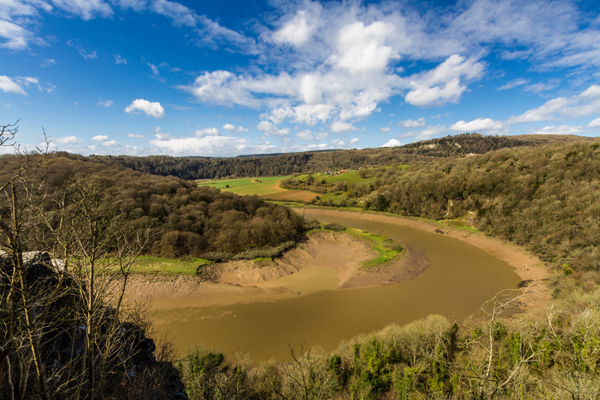The tip of the iceberg - the sad reality of peer-on-peer abuse in schools
Last night's Panorama programme highlighted the stark reality of peer-on-peer sexual abuse within our school system. Andrew Lord, solicitor within the abuse team at Leigh Day, considers what more can be done to protect pupils from coming to harm.
Posted on 10 October 2017
According to figures from Freedom of Information requests obtained by Panorama, between April 2013 and May 2017 reports of sexual abuse between under-18s rose by 71%. Of the sexual offences reported 2,625 happened on school premises, and since March 2013 there have been 1,852 children under the age of 10 years old who were reported to the police for sexual offences.
The statistics are shocking, particularly when bearing in mind that they are based on reported sexual assaults alone; under-recording can be expected due to the difficulties disclosing sexual abuse and because initial disclosures may not be noticed and acted on (see the NSPCC report on child abuse disclosures ‘No one noticed, no one heard’ published in 2013).
The national police chief lead for child protection has confirmed his view that “we are dealing unequivocally with the tip of the iceberg”.
At Leigh Day we have represented a number of victims of ‘peer-on-peer’ abuse, some of whom were assaulted by another child on the grounds of their primary school.
The youngest case we are currently aware of involved a child who was a pupil in Key Stage 1 at the time, but, as the age of criminal responsibility is 10 years old, this has meant that the police are sometimes unable to assist.
It has also been concerning to note that some support agencies and statutory bodies have in our experience been unable or unwilling to provide support when the assaults do not fit the legal definition of a criminal act, be it due to the age or incapacity of the assailant.
It is this absence of support which has led to some parents coming forward to seek legal advice on potential civil action, to secure some redress to obtain adequate therapeutic assistance for their children and families.
It has been suggested that a lack of central guidance has meant that schools are being left to their own devices when dealing with incidents of sexual assault; an unenviable task given the inherent sensitivities and difficulties involved.
The policy advisor for the National Association of Head Teachers has explained that “schools want to get it right, but they’re not always getting the help and support they need”.
Of course those who commit sexual offences without legal culpability or an understanding of the impact of their actions need assistance in order to ensure the prevention of further assaults, but appropriate and vital support must also be offered to the victim and their family, who may be traumatised by the experience regardless of the legal guilt of the assailant.
Without appropriate guidance, some of the responses victims have reportedly received upon disclosure of an assault have been appalling.
One headteacher is said to have told a girl who was bullied after contacting the police following an assault that “maybe this isn't the school for you”, and suggested she leave to make “a fresh start”.
In some cases children have been made to return to classes with the pupil whom they allege have sexually assaulted them.
But this is not the first time that this issue has been exposed. In September 2016 the Women and Equalities Committee published its report into sexual harassment and sexual violence in school, and with it they exposed the true scale of incidents of abuse of school children by their peers.
This included findings that almost a third of 16-18 year old girls had experienced unwanted sexual touching at school, and 59% of 13-21 year old females in 2014 had faced some form of sexual harassment at school or college in the last year.
The report recommended immediate action to implement:
- Statutory measures to ensure every school takes action to prevent and respond to sexual harassment and sexual violence, with necessary support provided;
- A requirement that Ofsted and the Independent Schools Inspectorate assess schools on how well they are recording, monitoring, preventing and responding to incidents of sexual harassment and sexual violence; and
- High quality, age-appropriate sex and relationship education as a compulsory subject.
The government’s actions to date led the committee to state in November 2016 that there had not been enough done to tackle this serious problem.
More recently there have been accusations that the Secretary of State for Education could face legal action for being in breach of her statutory duty to have due regard to the need to eliminate discrimination against girls in school.
The official response, approximately one year after the recommendations of the Women and Equalities Committee were announced, was that the Department for Education was drafting interim guidance.
Sadly, for whatever reason, and whether with an awareness of their actions or not, the recently reported statistics show that young children are capable of significant assaults on their peers which can have devastating effects.
It is essential that this is tackled by way of government action in line with the recommendations from the Women and Equalities Committee, in order to ensure that all schools have an appropriate procedure in place to support children who are subjected to sexual assault and prevent further incidents from happening.
It is never too early to think about safeguarding and child protection, and with the recommended implementation of widespread education on sex and relationships for pupils we can hope to see more children protected from ‘peer-on-peer’ abuse.

